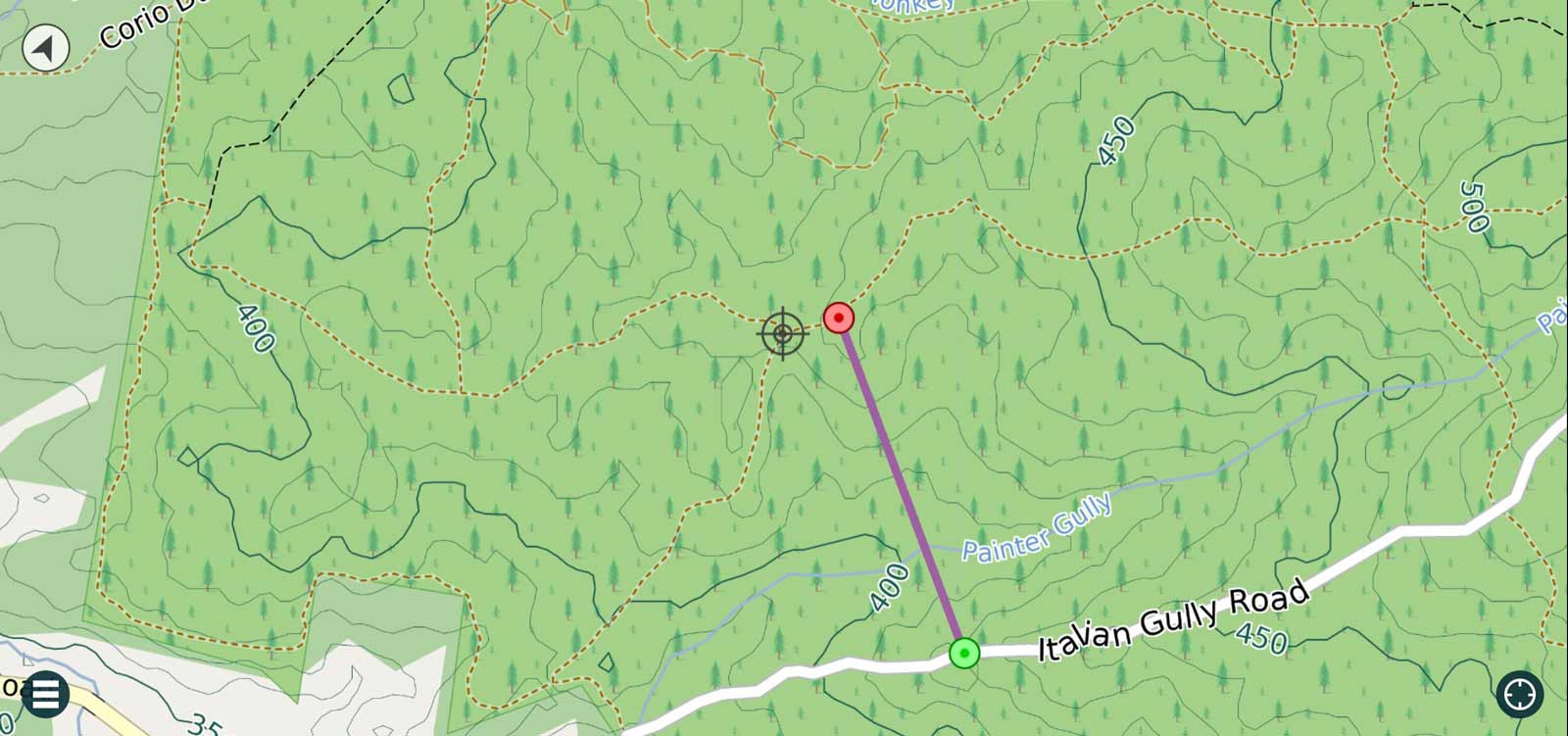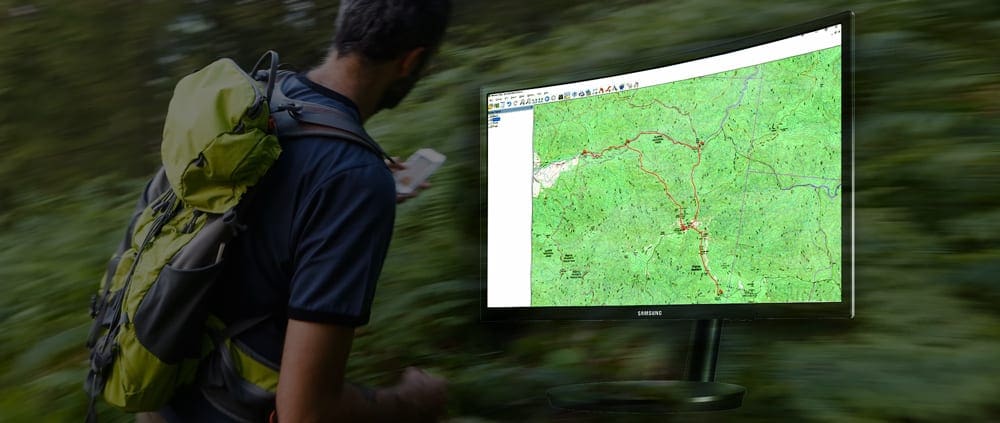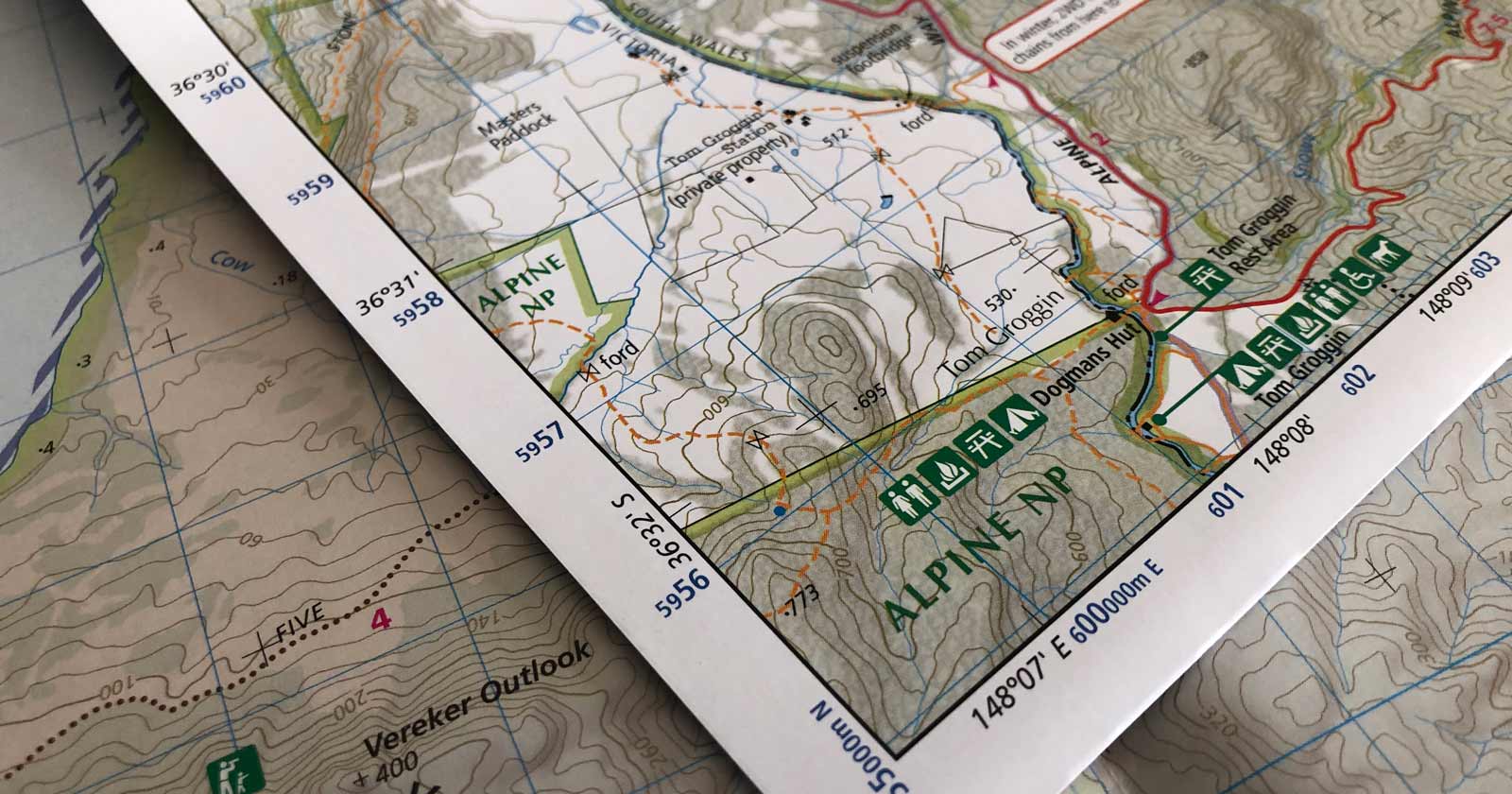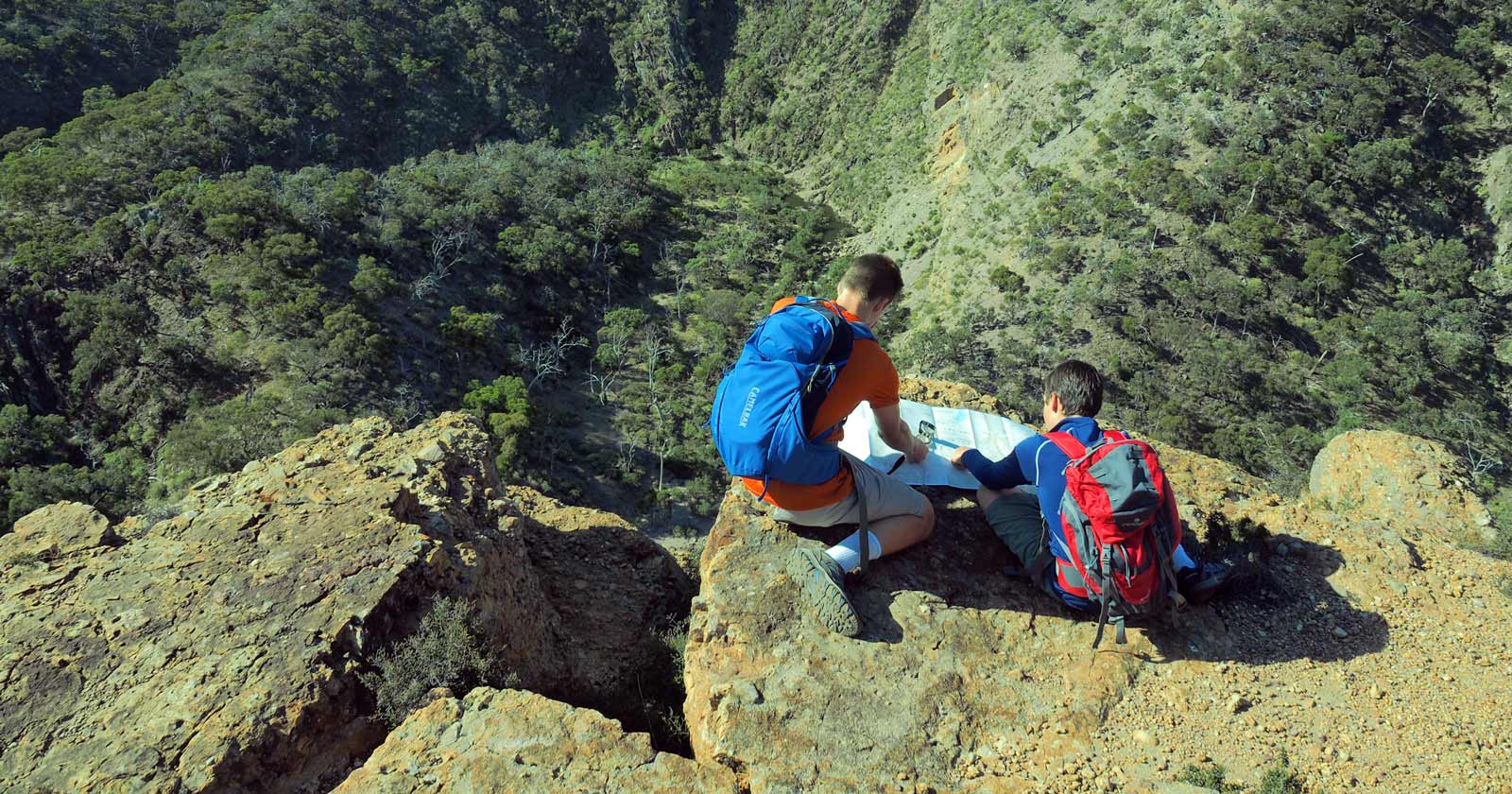Are you an outdoor enthusiast who loves exploring the wilderness? If you’re an avid hiker, one of the essential skills you need to master is catching features while navigating on the trail. Catching features are landmarks or distinct features in the landscape that help you stay on track and reach your destination safely. In this blog post, we’ll explore what catching features are, why they’re important, and some tips on how to effectively use them during your hiking adventures.
What are catching features?
In the context of hiking and navigation, catching features refer to distinct landmarks or features in the environment that you can use as reference points to navigate and stay on course. These features can include natural landmarks such as peaks, ridges, valleys, lakes, rivers, and distinctive rock formations. They can also include man-made features like trails, buildings, signs, or other structures that are visible in the landscape.
Why are catching features important?
Catching features are crucial for hikers because they provide a reliable means of navigation, especially in areas with limited or no trail markings. They help you maintain your sense of direction, prevent getting lost, and ensure you reach your intended destination. Catching features serve as visual cues that confirm you are on the right path, and they can also be used to estimate your progress and location on the trail. If you’re hiking with a group, make sure everyone is aware of the features you’re using as landmarks. This will help everyone stay on the same page and avoid getting lost.
Tips for catching features navigation
Here are some tips to help you effectively use catching features for navigation during your hiking adventures:
Plan Your Route: Before heading out on your hike, take the time to plan your route and identify potential catching features along the way. Study the topographic map of the area and make note of significant landmarks that can serve as reliable reference points.
Be Observant: While hiking, stay alert and observe your surroundings carefully. Look for distinct features that match the catching features you identified on the map. Keep an eye out for unique rock formations, peaks, valleys, rivers, or any other prominent landmarks that can help you confirm your location.
Trust Your Compass: A compass is a valuable tool for navigation in the wilderness. Use your compass to orient yourself with the map and the landscape, and use it to determine the direction of your intended catching features. Always have a backup compass or navigation device and know how to use them properly.
Take Note of Landmarks: As you hike, make mental notes or take photos of catching features you encounter along the way. These notes can help you retrace your steps if you need to backtrack or relocate your position.
Use Multiple Catching Features: To ensure accuracy, try to use multiple catching features in combination to confirm your location. For example, if your intended catching feature is a peak, try to identify other landmarks nearby, such as a distinct tree or a rock formation, to validate your position.
Aiming Off. This is a common navigation technique used in hiking to ensure you don’t miss a junction or other important feature. By deliberately aiming for a specific side of the junction, you guarantee you’ll encounter it and know which way to turn to reach your destination.
Stay Calm and Orient Yourself: If you find yourself disoriented or lost, stay calm and take the time to reorient yourself. Stop and carefully study your map, compass, and the landscape around you. Look for familiar landmarks or use your compass to determine the direction of the nearest catching feature.
Practice and Gain Experience: Catching features navigation is a skill that improves with practice and experience. Start with simple hikes in familiar terrain and gradually work your way up to more challenging hikes in unfamiliar areas. The more you practice, the more confident and proficient you will become in using catching features for navigation.

Mastering the skill of catching features navigation is essential for any hiker who wants to explore the wilderness safely and confidently. With proper planning, observation, and practice, you can become proficient in using catching features as reliable reference points during your hiking adventures. Catching features navigation is an essential skill for hikers of all levels. By learning how to identify and use features as landmarks, you can navigate the trail with confidence and avoid getting lost. With practice, you’ll become more skilled at catching features, and you’ll be able to explore new trails and enjoy the great outdoors with greater ease and safety.






You guys have got some great content lately! 💚
TJ Craig thanks mate. I try my best. 🙂